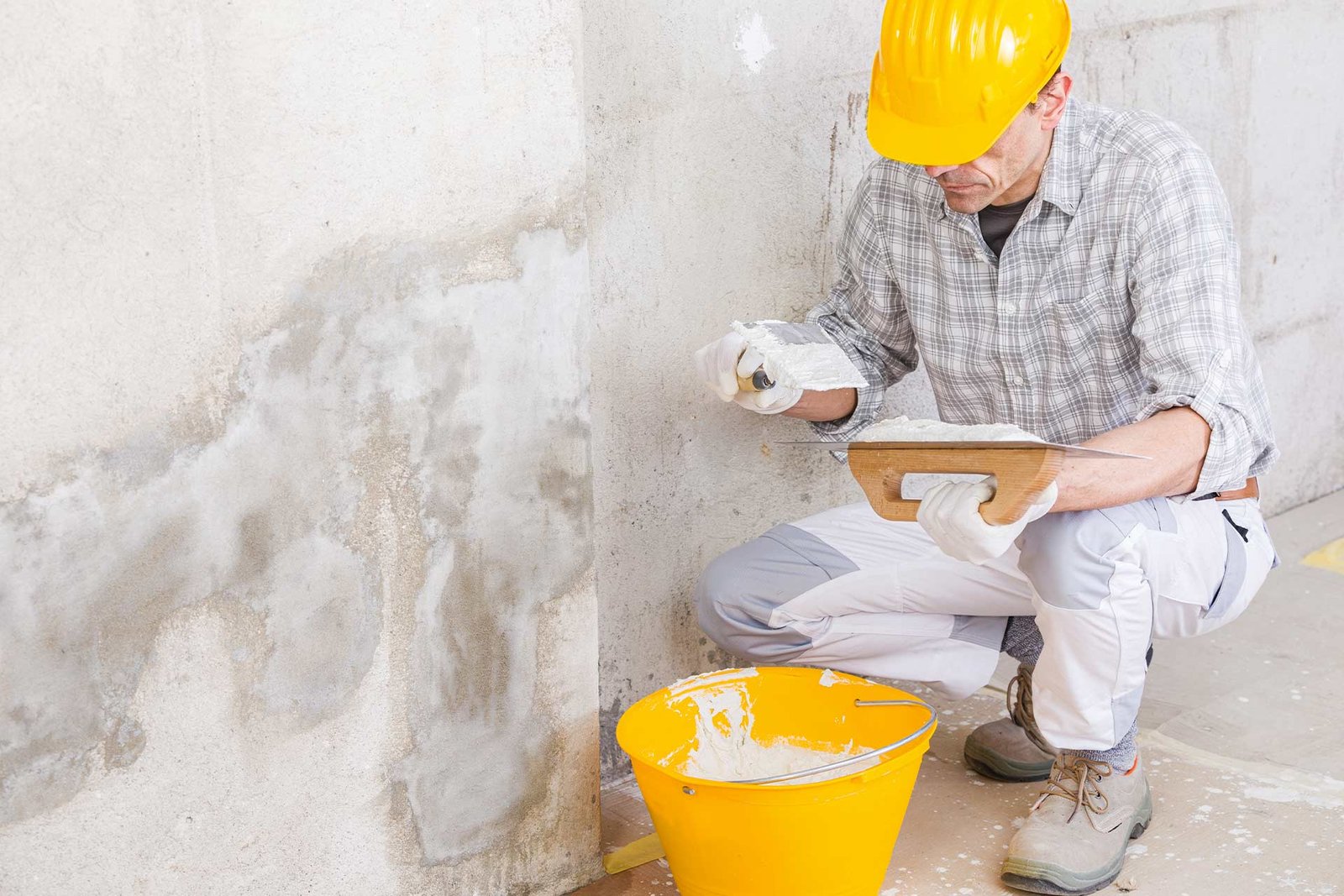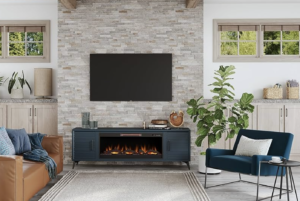
As a home-owner, one of the best ways to ensure that your property maintains its structural integrity is to make sure that it is well protected against any type of moisture intrusion. This is where damp proofing comes in. Damp proofing involves the process of taking different measures to prevent the entry of soil moisture or water into the structure of a building. The process generally involves placing an impermeable layer between the exposed area of the building and the source of dampness.

There are different methods of damp proofing and below are some of the methods that have proven to be highly effective.
Membrane Damp Proofing
This method is also commonly known as a DPC (Damp Proof Course). It involves providing a membrane or layer between the building component and the source of the dampness. The membrane can be used together with water-repellent materials like plastic sheets, mastic asphalt, bitumen, cement concrete, silicone, metal or epoxy. During installation, it is important that the full width of the wall is covered with the DPC. The membrane should also be laid on a levelled surface of mortar and depending on the dampness source; the DPC can be applied horizontally or vertically in ceilings, walls and floors.
Cavity Wall Construction
This is a method of damp proofing methods that involves forming a space or gap between a building’s main wall and cavity wall. The purpose of creating a cavity wall is to prevent moisture or water from getting into the main walls of a property. Also, because of the little to no contact between the inner and outer walls of the cavity wall, there is very little transmission of heat and moisture. In addition to being an effective damp proofing method, a cavity wall installation has the advantage of being economical, promoting hygienic conditions and providing good sound insulation for buildings.
Guniting
This method of damp proofing involves forming a moisture-proof layer over the exposed surfaces of the structure. The moisture-proof layer is typically a rich mix of mortar (1:3) or fine aggregate. The mortar mix is shot or applied over the exposed concrete surfaces with a cement gun under very high pneumatic pressure. The exposed surface in this case, can be any part of the building’s structure, from the inferior concrete and masonry walls to the cisterns and pipes. Once applied, the mortar hardens, making the surface very strong and water-repellent. Guniting is a great damp proofing technique that is also useful for repairing old concrete works and structure retrofitting.
Integral Damp Proofing
With integral damp proofing, certain waterproofing compounds are added into the mortar or concrete during mixing so that when the mixture is used in construction, it will be able to act as a barrier to moisture penetration. Depending on the type of waterproof compound used, there are different reactions that can take place. For example, compounds like chalk, fly ash and talc will fill up the pores in the mortar or concrete mixture to make them harder and less porous. Compounds like stearates of calcium, soaps or petroleum, on the other hand, work based on repulsion principles, so they react with the concrete mixture to make it more water repellent. London Damp Solutions experts do analyse the compound for mixing to provide the required output.
Surface Treatment
This is a method that is useful for moisture that is only superficial and not under any pressure. It involves applying a layer of water-repellent agents like magnesium, sulphates of aluminium, silicates of sodium and zinc on the surface of the structure.
It’s similar to decorative concrete installation where a layer of sealant or protective coating is applied to prevent moisture intrusion and enhance the aesthetic appearance. Decorative concrete is a popular choice among homeowners as it not only adds beauty to their property but also provides protection against moisture and water damage. By applying a layer of sealant, decorative concrete can effectively prevent water from seeping into the underlying layers and causing structural damage. This method of damp proofing is suitable for structures that are already in use and cannot undergo any major repair work, as well as for preventative measures for new constructions.
Pressure Grouting
This method is also known as cementation. It involves filling the cracks and voids that are present in the structure with a mixture of cement mortar of fluid consistency. The mixture used in grouting is quite different from conventional mortar when it comes to fluidity. This is because, unlike conventional mortar that is spread over the surface, the grout mixture is filled in the cracks under pressure. Pressure grouting is a great technique that can also be used for foundation works like repairs, hardening and setting concrete, and improving the bearing capacity of the ground.

Conclusion:
Dampness in a building is a serious issue that, if left untreated, could lead to further structural damage. Thankfully, there are several methods of damp proofing that can be used to effectively treat damp. Some of those methods include; membrane damp proofing, integral damp proofing, guniting, cavity wall construction, surface treatment, and pressure grouting.




